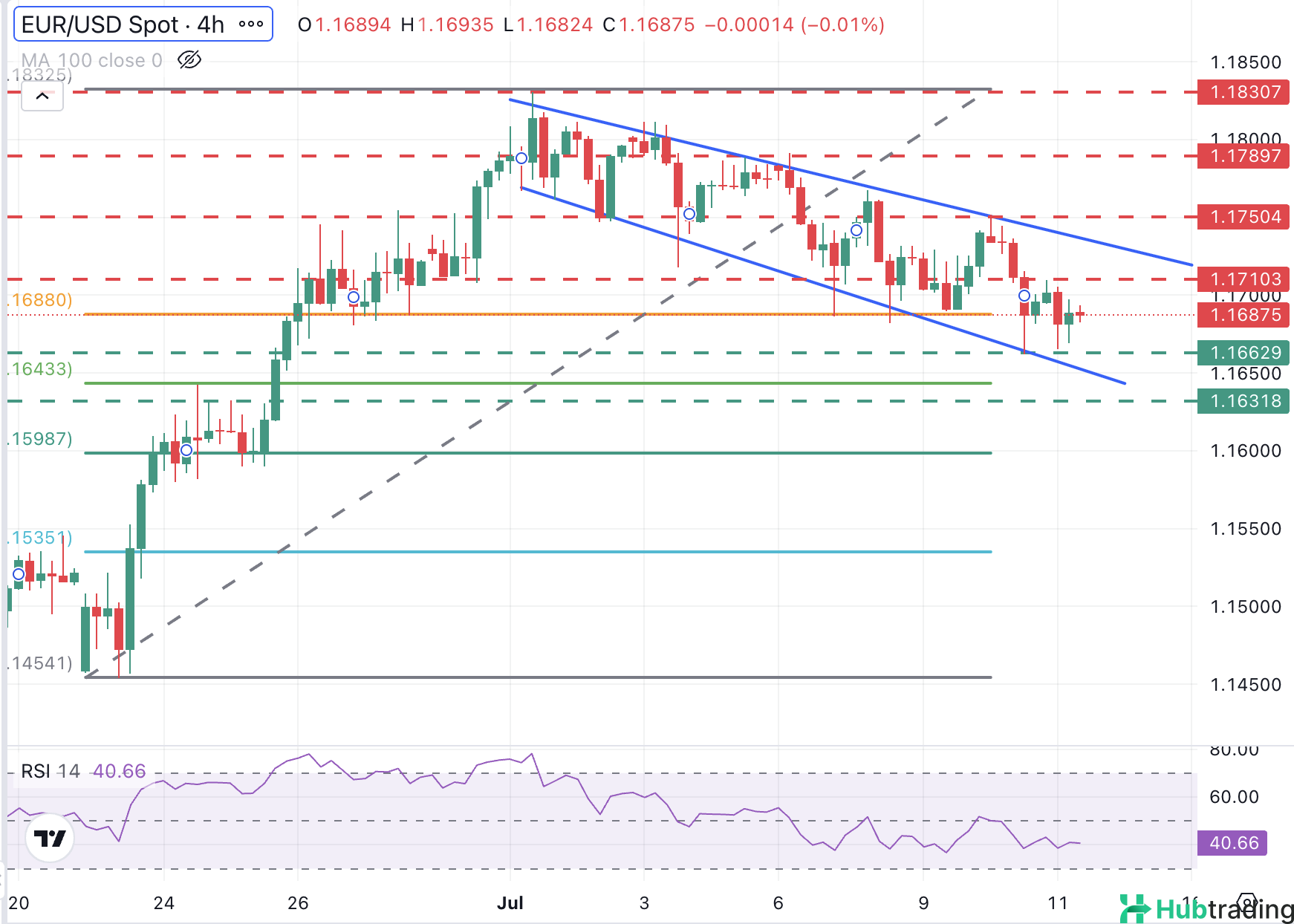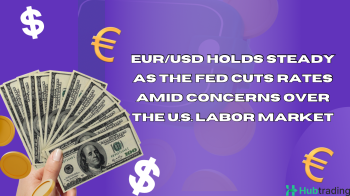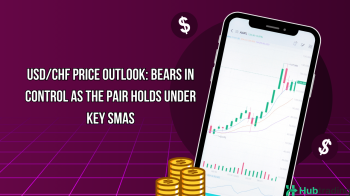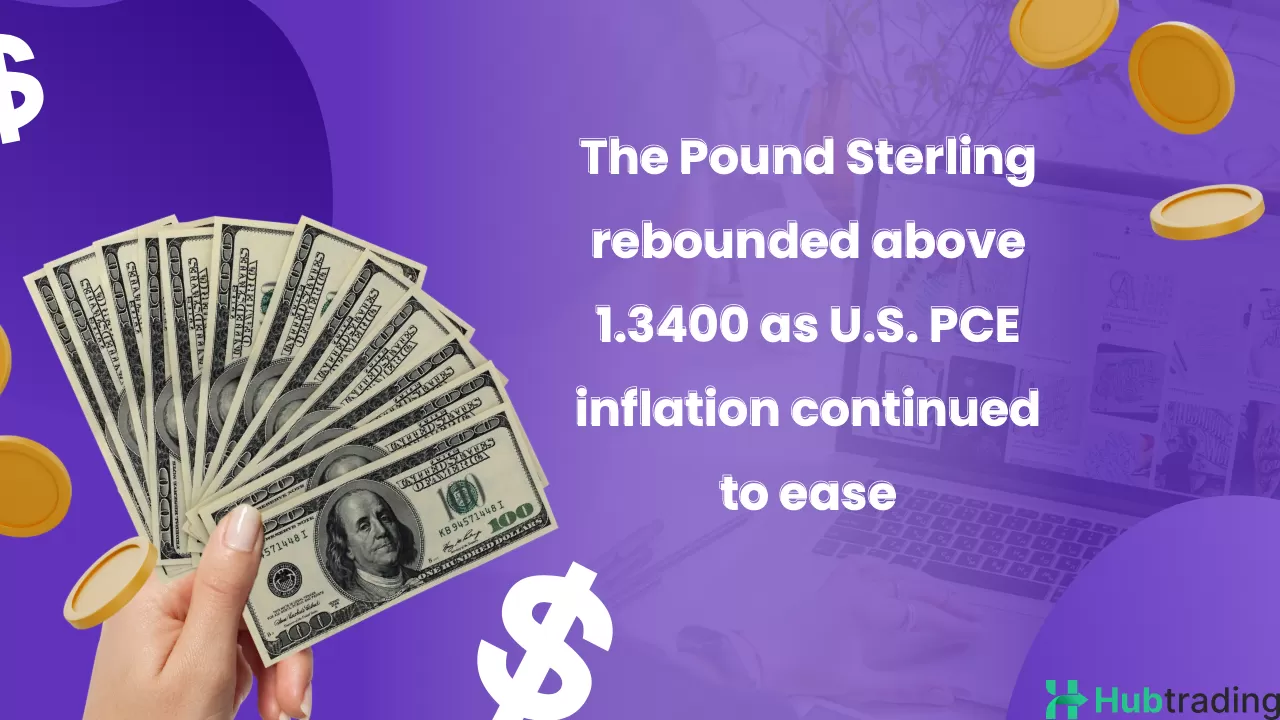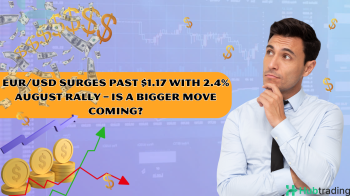The EUR/USD pair extends its decline for the third consecutive session on Friday, pressured by risk-off sentiment after U.S. President Donald Trump announced that the European Union (EU) will be included in the next round of tariff letters. Trump also raised blanket tariffs on other countries to 15%–20%, up from the previous 10%, dampening global risk appetite.
The Euro (EUR) remains under pressure against a strengthening U.S. Dollar (USD), trading around 1.1680 at the time of writing, after touching an intraday low of 1.1665. The pair continues to correct from the long-term highs recorded on July 1 and is on track to end the week with a 0.8% loss.
Trump’s latest comments, made during a televised interview, reignited concerns about escalating trade tensions. The announcement that the EU will face fresh tariffs casts uncertainty over ongoing trade negotiations, though EU officials remain cautiously optimistic about reaching a deal before the August 1 deadline.
On the data front, Thursday’s U.S. Jobless Claims report surprised to the downside, reflecting a stronger-than-expected labor market and providing additional support to the Dollar. The resilience of the U.S. economy continues to challenge expectations of near-term interest rate cuts by the Federal Reserve.
Friday’s economic calendar is relatively light. In Europe, traders will watch speeches from ECB officials Fabio Panetta and Piero Cipollone, along with Germany’s Current Account data. In the U.S., the WASDE agricultural report and the monthly budget statement are scheduled but are not expected to spark major market moves.
Daily Market Movers: Strong U.S. Jobs Data Lifts Dollar, EUR/USD Extends Decline
- The U.S. Dollar rallied on Thursday as stronger-than-expected labor market data further weakened expectations for near-term Federal Reserve interest rate cuts. Weekly Initial Jobless Claims dropped to a seven-week low, falling by 6,000 to 227,000—defying forecasts for an increase to 235,000. The data sparked a rise in U.S. Treasury yields and gave the Greenback fresh momentum.
- This improvement in employment figures led markets to reassess the likelihood of imminent Fed policy easing. According to the CME FedWatch Tool, the probability of a July rate cut dropped to under 5%, while odds of a 25-basis-point reduction in September declined to 65% from 72% a day earlier.
- Still, Fed officials remain divided. Governor Christopher Waller argued that monetary policy is currently too restrictive and backed a July rate cut, suggesting the inflationary impact of tariffs will be short-lived. San Francisco Fed President Mary Daly echoed a dovish stance, predicting two rate cuts before year-end and downplaying the long-term impact of tariffs on consumer prices.
- In contrast, St. Louis Fed President Alberto Musalem urged caution, noting it's too soon to determine whether tariff-related price pressures will be transitory or more persistent—highlighting ongoing division within the FOMC.
- Across the Atlantic, European Central Bank policymakers also showed mixed views. ECB Board Member Fabio Panetta advocated for further easing if sluggish growth continues to drag on inflation. Meanwhile, Isabel Schnabel dismissed the need for additional rate cuts unless inflation shows a marked deviation from target trends.
- On the data front, France's CPI showed monthly inflation of 0.4% in June, with the annual rate revised higher to 0.9% from the previously estimated 0.8%. In Germany, Destatis confirmed that June inflation cooled to the ECB's 2.0% YoY target, while monthly inflation remained flat.
EUR/USD Slips Deeper Within Bearish Channel
The EUR/USD pair continues to trend lower, extending a corrective pullback from its July 1 peak at 1.1830. Price action remains locked in a descending channel, forming a series of lower highs and lower lows. Support is currently holding between Thursday’s low at 1.1660 and the lower boundary of the channel near 1.1650. A decisive break below this zone could accelerate bearish momentum, while any upside recovery would face resistance from the upper edge of the wedge pattern.
With risk sentiment under pressure from renewed tariff concerns and diverging central bank rhetoric, EUR/USD is likely to remain on the defensive in the near term.
![]()
